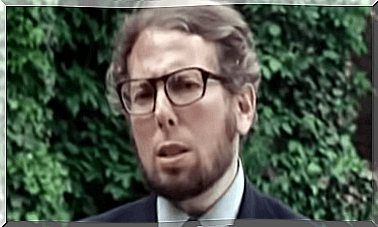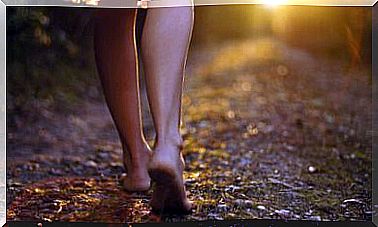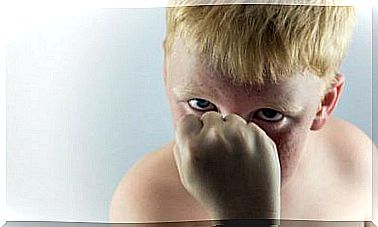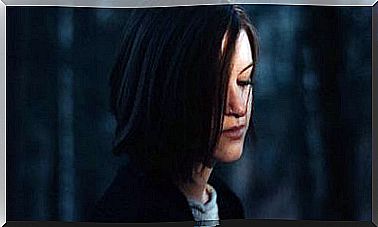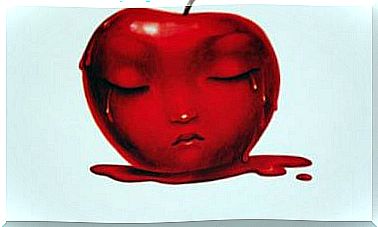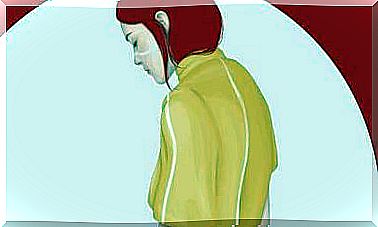The Evolution Of The Couple Relationship
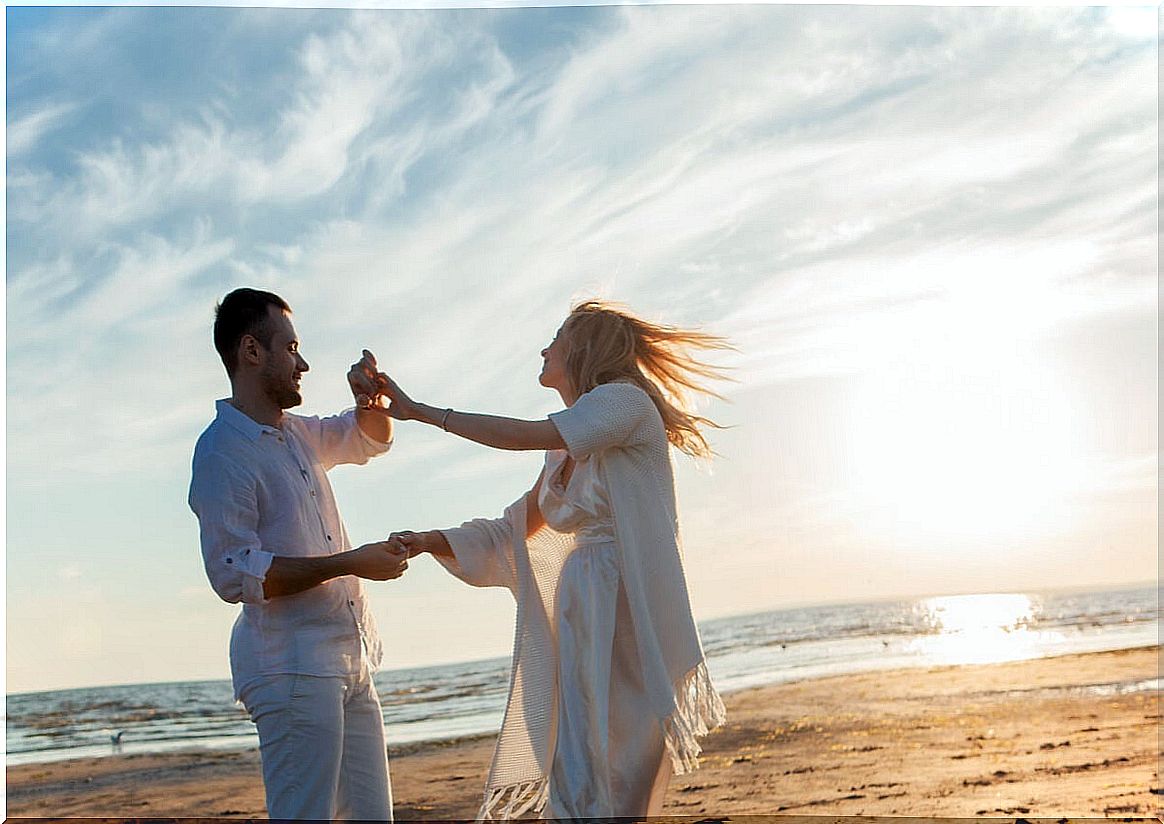
If we go through history we realize that we are social beings. This condition of being social , which exceeds the framework of the birth of socioculture, indicates that human beings have needs for contact, for relationships. Based on this, we will now review the evolution of the couple relationship: what it implies as the genesis of the family and as a dynamic subject to processes of change.
The different hominids up to the Neanderthals ─who buried their dead─ and the sapiens ─who made paintings on the walls of the caves─, had a factor in common: they were not alone, but formed pairs and groups, settled in a place and established relationships.
With the development of agriculture and livestock, among other things, human beings left the caves, moved and built houses in different places to settle and create communities. This brought many advantages and positive dynamics, such as conversations between family and neighbors, sharing food, celebrations, affectionate affection and expressions of appreciation.
In the communities, the family emerged as an affective organization with a blood tie, an inexhaustible source of beliefs, diffusion of values, establishment of guidelines and the legacy of the history of the ancestors. But fundamentally, it became an affective emporium, a matrix of the most unconditional love, which is that of parents towards their children, in coexistence with conjugal love.
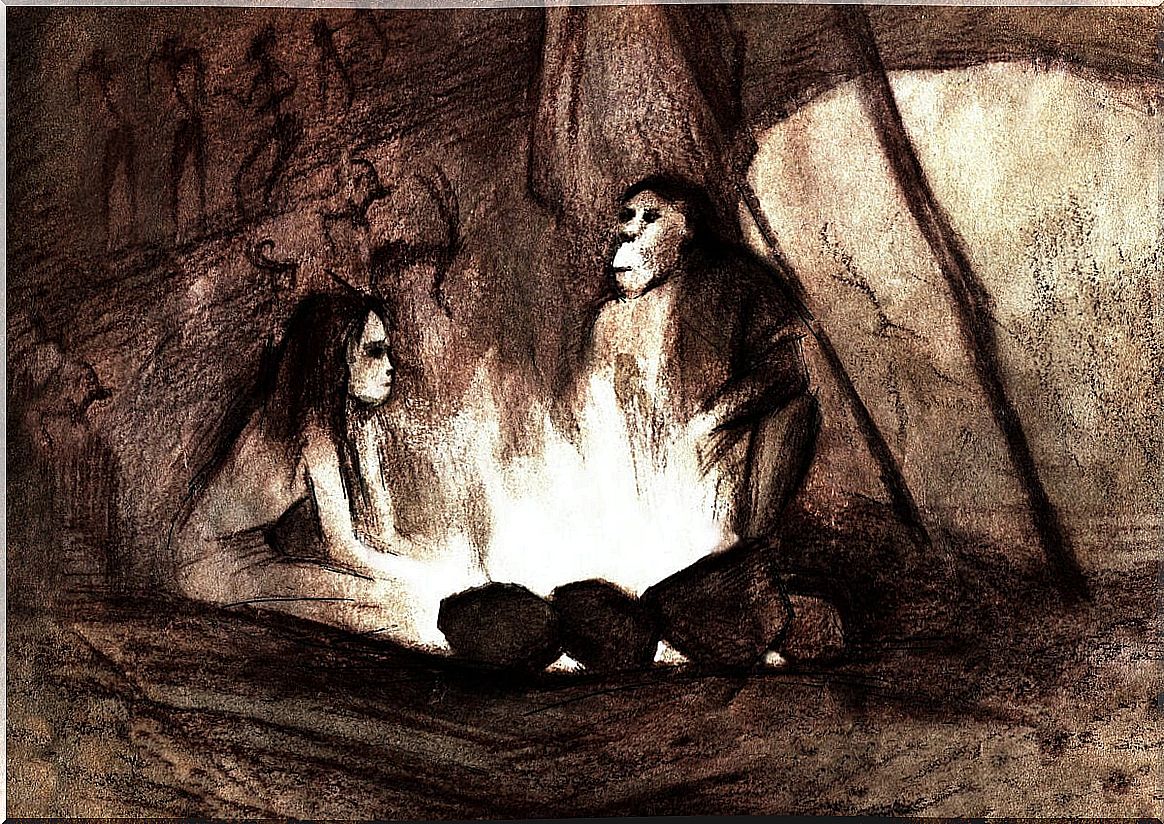
How is the evolution of the couple relationship?
If two people meet and the feeling of love arises in them, it is when they join together to make a project a reality through a single objective: the construction of a family.
The couple can be defined as a relational system that goes beyond the individual components. In no way can it be conceived as the sum of two people. In reality, it is much more than that, if we understand it as a system with components that interact, that exchange not only words but ideas, thoughts, emotions, feelings, ideologies, tastes and that is also tacitly or explicitly willing to negotiate in pursuit of a unit, the unit of the even system. Therefore, it is a self-governed system by rules that develop, evolve and are established over time through trial and error.
For its growth, the couple’s relationship goes through accommodations and reformulations based on certain situations that put it in crisis, which are the true protagonists of change. Thus, crises are neither more nor less than a situation of change.
Every couple goes through critical situations that make them vulnerable, disrupt and force them to restore their lost balance: a move, a death, a job change, serious illnesses, births, trips, etc. But change arises from that instability, as in cow manure that in its degradation allows the birth of beautiful wild flowers.
These ─evolutionary and expected─ changes, caused by the problems that arise and originate the crisis, create a state of maximum tension full of emotions and feelings that sometimes is not easy to overcome. While crises are welcome, the emotional harshness that surrounds it hurts, so much so that it can cause the couple to succumb and dissolve, or overcome it and become noticeably stronger.
In addition to the expected changes, unpredictable critical situations may arise, such as early deaths, terminal or incurable illnesses in youth, serious accidents, for example. These affect the functioning of the couple’s relationship and promote an adaptation process that leads, on the one hand, to transforming rules capable of constituting cohesion between its members and, on the other, a psychological growth of each one of them.
In the couple there are two real people and multiple ghosts
The system of the couple – like any system – is sustained by inherent and particular rules of each couple in itself. These rules are constituted in code over time, by successive interactions and are generally tacit, spontaneous rules, which come from the equation of guidelines, norms, values, customs, habits, ideologies, etc. of the families of origin of each of the members of the relationship.
In other words, a couple relationship is not composed of a simple reality because the members are representatives of a code determined by their families of origin. Therefore, in a couple there are two real people and multiple ghosts. In the interaction that they develop, the past codes are exchanged, agreements and disagreements are reached that concretize a current code, recreating the norms that will base the support of the system and develop the future of it.
Most systemic authors perceive the balance of the couple relationship as a dance that is based on two apparently contradictory functions: the tendency to stability and the capacity for transformation. This dance or dynamics makes it possible to always maintain a balance, which in turn allows creativity to resolve crises, adapt to changes and grow, which are conditions inherent to life itself.
Couples who see changes as threats, or who experience crises as a catastrophe that will destroy them, tend to withdraw, petrify, and become extremely rigid. Thus, they repel any new experience and adhere to the ” better known bad than good to know ” and cancel new experiences and information. All this leads to impoverishment.
It should be clarified that neither flexibility nor rigidity are intrinsic characteristics of a couple relationship, but rather that they appear linked to specific contexts. For this reason, a couple can react rigidly in one environment and in one situation, but in others they can be flexible, malleable.
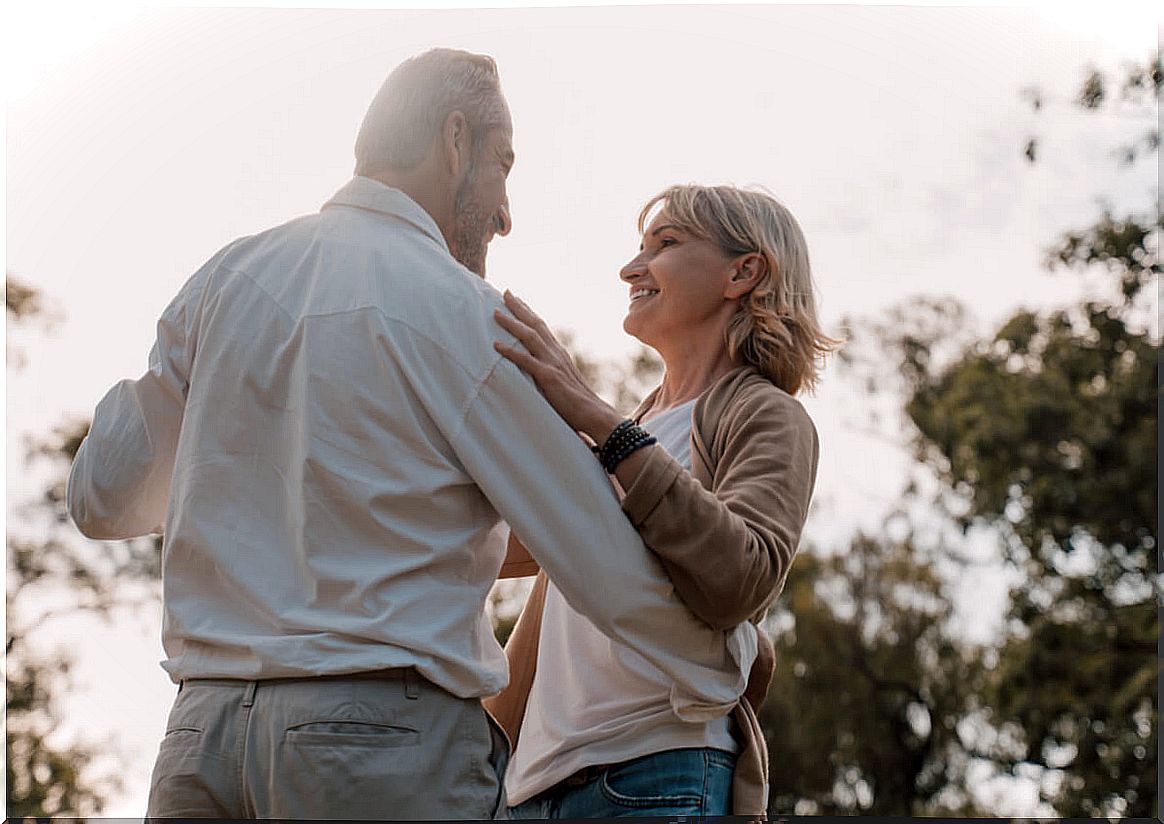
The relationship is like a dance
After all, a couple is an interactive amalgamation of two people who come from different systems and who create a unique territory in which there are shared and individual spaces that must be respected. Above all, a couple is a place of love that must be worked on daily, knowing that unconditionality and the belief in security are far from ensuring the bond.
The couple is a universe of meanings that are almost always tacitly agreed upon and that are kept in balance through a dynamic that we can call dance . It does not constitute a simple and rigid reality, perfectly delimited, but rather a form of malleable interaction, which can give rise to evolution and growth both as a group and individually, as long as its members ─the dancers─ are willing to dance to the sound of the context and not just what they want or expect.
